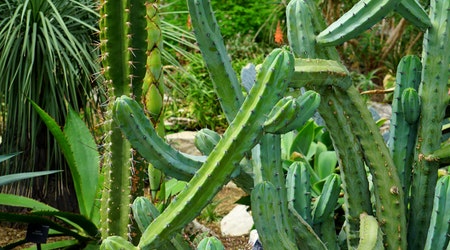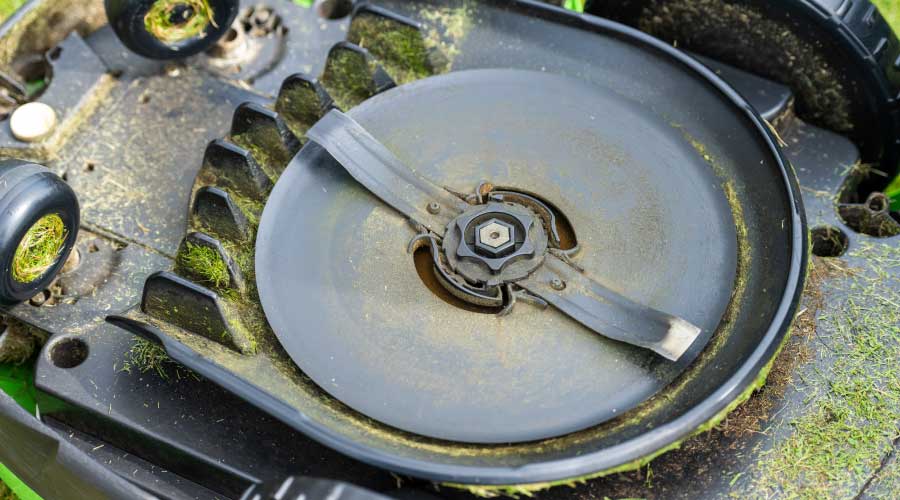Xeriscapes Feature Succulent, Drought-Tolerant Plants
Water conservation, drought-tolerant landscaping, and irrigation control have been part of commercial and institutional grounds departments' vernacular for many years.
But while some organizations have just begun to implement strategies to reduce their landscapes' impact on the environment, the University of Nevada, Las Vegas (UNLV), can trace its water-saving roots back to the late 1980s. The university completed its first of many turf conversions in 1987, replacing more than 42,000 square feet of turf with drought-tolerant plant material — a strategy known as xeriscaping.
While developing drought-tolerant landscapes is not a new concept for most grounds managers, xeriscapes, which often incorporate succulent plants such as yucca, aloes, and cacti, still are most prevalent in arid parts of the country such as the Southwest. The 1987 project was the launching point for UNLV's turf-conversion program, which has removed about 1 million square feet of turf and generated more than $700,000 in rebates from the Southern Nevada Water Authority (SNWA).
"(The) UNLV landscape and grounds department first and foremost has dedicated itself to the conservation of water, one of our most valuable resources here in the Mojave Desert," says Robert Lynn, the department's manager. "With overhead irrigation being the largest use of water, large areas of turf (that) are not essential for campus use (or) aesthetically essential have been redesigned or are being considered (for conversion)."
Related Topics:















